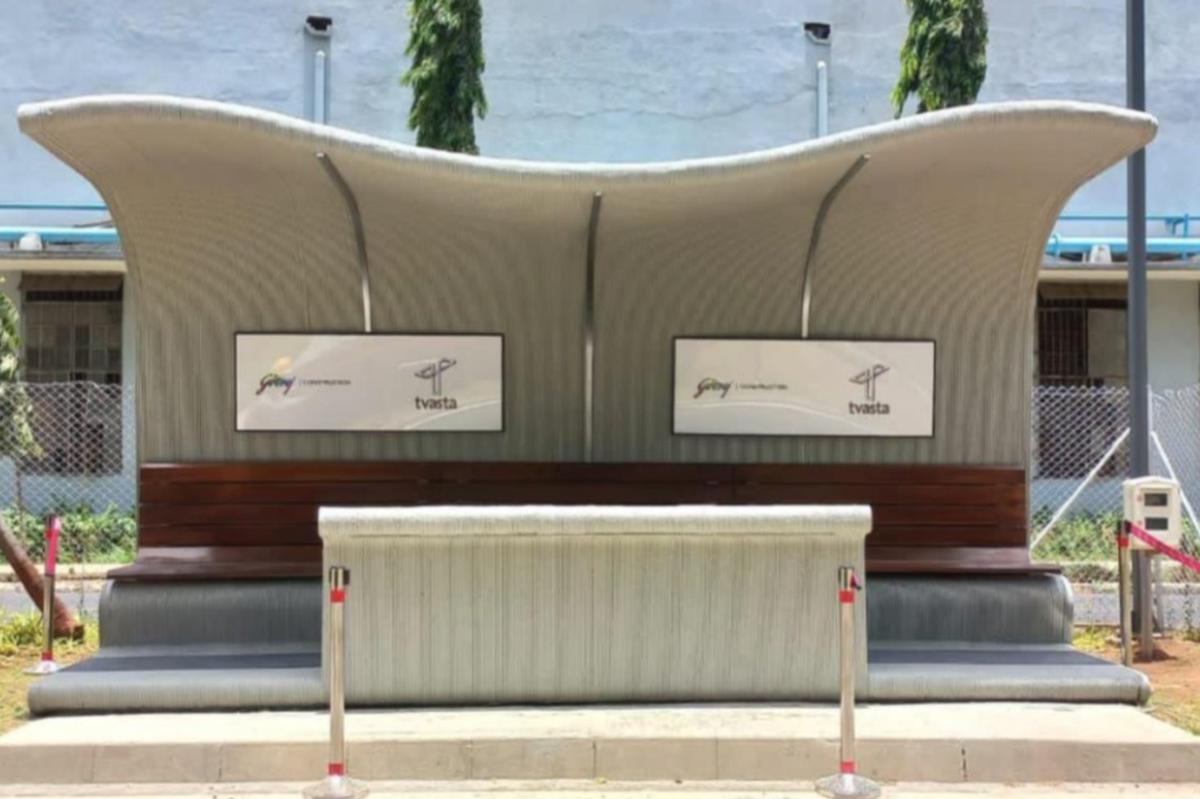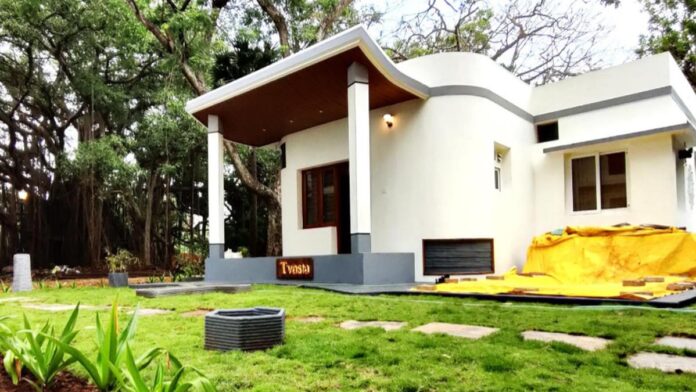Prof. Suhas Ramachandra
The construction industry stands on the brink of a technological revolution, with 3D printing technology set to redefine traditional building methods. This innovative technology, also known as additive manufacturing, transforms how we design and construct our built environment, promising a future where architectural designs are only limited by the bounds of our imagination.
3D printing has the potential to revolutionize the construction industry. The process of 3D printing a building involves the use of computer-aided design (CAD) software to create a digital blueprint. This blueprint is then converted into a format the 3D printer can understand, typically a .STL or .OBJ file.
Layer by layer
Once the design is ready, the 3D printer begins the construction process. The printer deposits layers of material, such as concrete or a composite, in a controlled manner based on the instructions from the digital blueprint. It builds the structure layer by layer, following a pre-determined path, with each layer hardening or drying before the next one is added.
The benefits of 3D printing in construction are manifold. It offers unprecedented design freedom, reduces material waste, and significantly reduces construction time. This technology enables the creation of complex architectural forms that would be challenging to achieve with traditional methods. It also promotes sustainability by minimizing waste and can be more cost-effective.

A 3D printed bus stop at Godrej Constructions, Mumbai.
| Photo Credit:
Source: TVASTA
Furthermore, 3D printing allows for the customization and optimization of building components. Complex geometries can be easily created, enabling architects and engineers to explore innovative designs that were previously impractical or unfeasible. The layer-by-layer approach of 3D printing allows precise control over material distribution and structural integrity, resulting in highly efficient and robust structures.
Key steps
The process of 3D printing a building involves several key steps. First, the design phase begins with creating a digital model using specialized CAD software. This digital model serves as the blueprint for the 3D printer to follow. Once the design is finalized, it is converted into a format compatible with the specific 3D printing technology.
Next, the material selection process takes place. Concrete is commonly used in construction 3D printing due to its durability, affordability, and suitability for layer-by-layer deposition. However, advancements in the field have also explored using other materials, such as polymers, composites, and even recycled materials, offering a broader range of possibilities for construction projects.
With the digital model and material in place, the 3D printer can start printing. The printer’s nozzle or extruder deposits the chosen material layer by layer, following the design specifications. The digital model guides the printer’s movements, which provides precise instructions on where and how much material to deposit at each layer. The structure gradually takes shape as the layers stack on top of each other.
Printing process
It is essential to ensure proper curing or hardening of the printed layers during the printing process. Depending on the material used, this can be achieved through various techniques, such as chemical reactions, heat application, or exposure to ultraviolet light. These curing methods ensure the structural integrity and strength of the printed components.
Post-processing steps may be required after the printing process is complete. This can involve removing support structures, smoothing the surface finish, and adjusting any imperfections that may have occurred during printing. Additionally, traditional construction elements, such as windows, doors, and utilities, can be integrated into the 3D-printed structure during this phase. Post-processing ensures the final product meets the required standards of functionality and aesthetics.
3D printing and related aspects of construction technology were showcased at the “Concrete Panorama & Deminar – 2023”, organized by the Indian Concrete Institute – Bengaluru Centre, on July 13 and 14 in Bengaluru.
The event served as a platform for industry professionals, researchers, and enthusiasts to explore the potential of various innovative construction technologies. It provided valuable insights into this rapidly evolving field’s latest trends, innovations, and best practices.
In addition to 3D printing, the event featured live demonstrations of cutting-edge technologies, including robotic construction, advanced formwork systems, sustainable materials, and smart building technologies. Participants had the opportunity to witness these demonstrations firsthand and learn from experts who are pushing the boundaries of construction.
The author is Hon. Secretary, Indian Concrete Institute-Bengaluru Centre, and Assistant Professor & Research Scholar, School of Civil Engineering, REVA University, Bengaluru
#Printing #future #construction #industry
